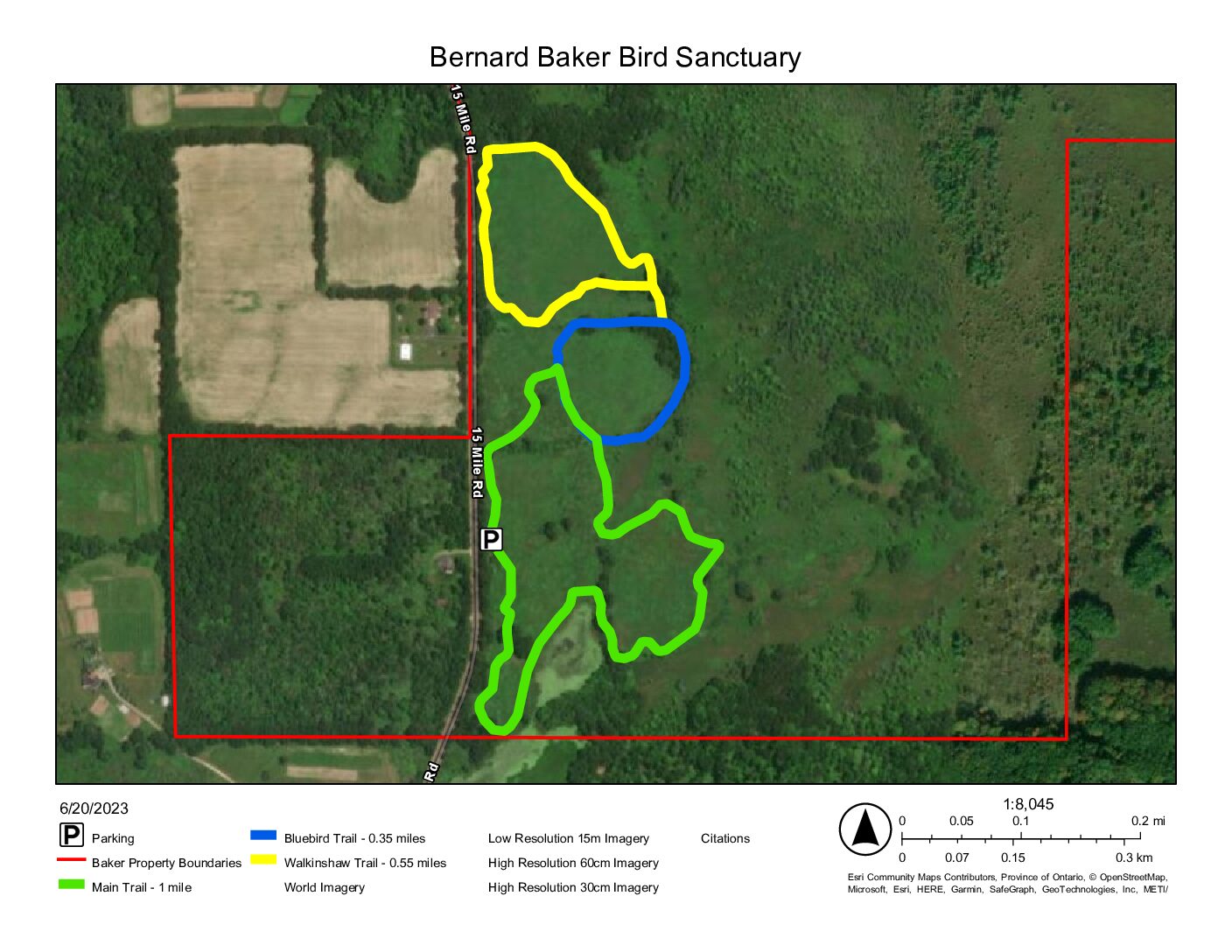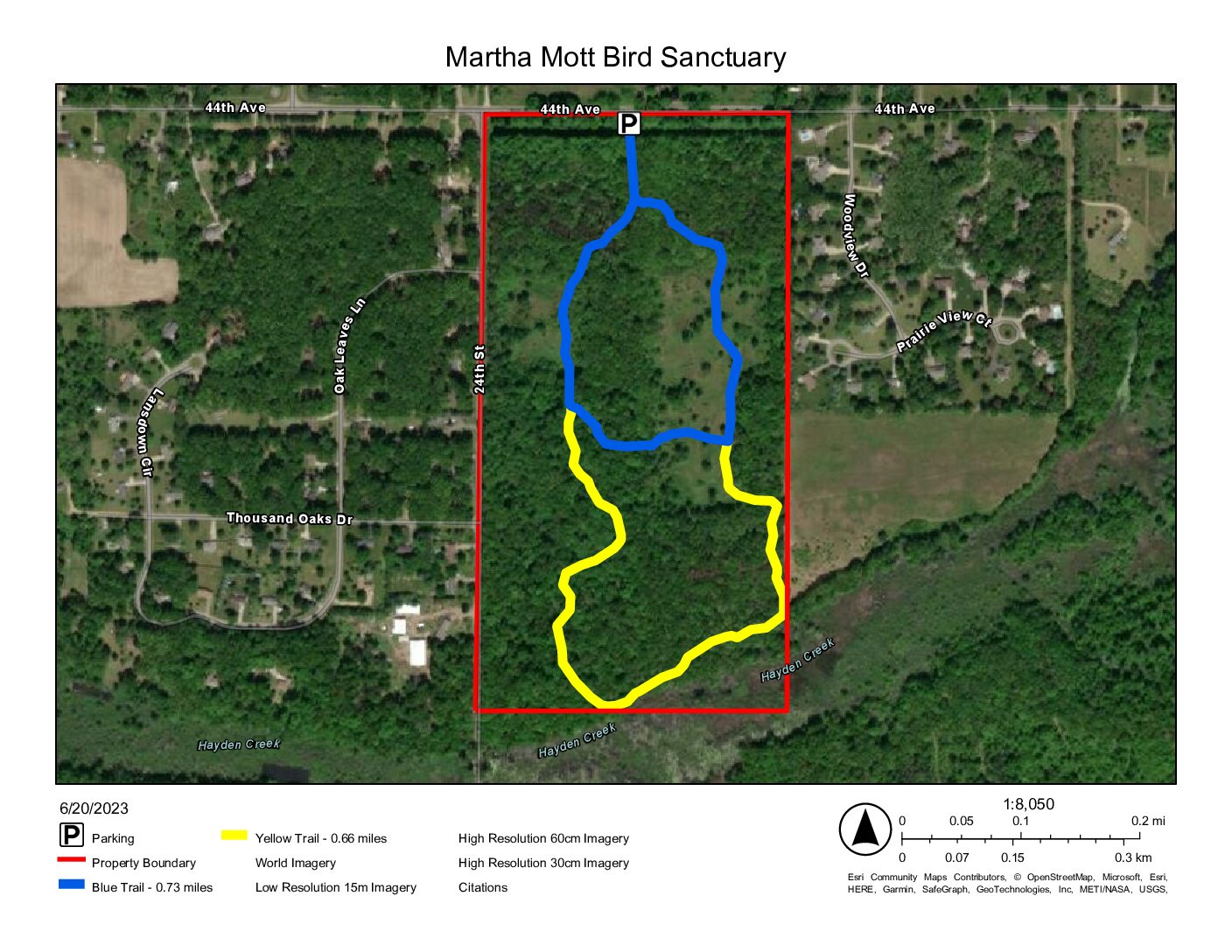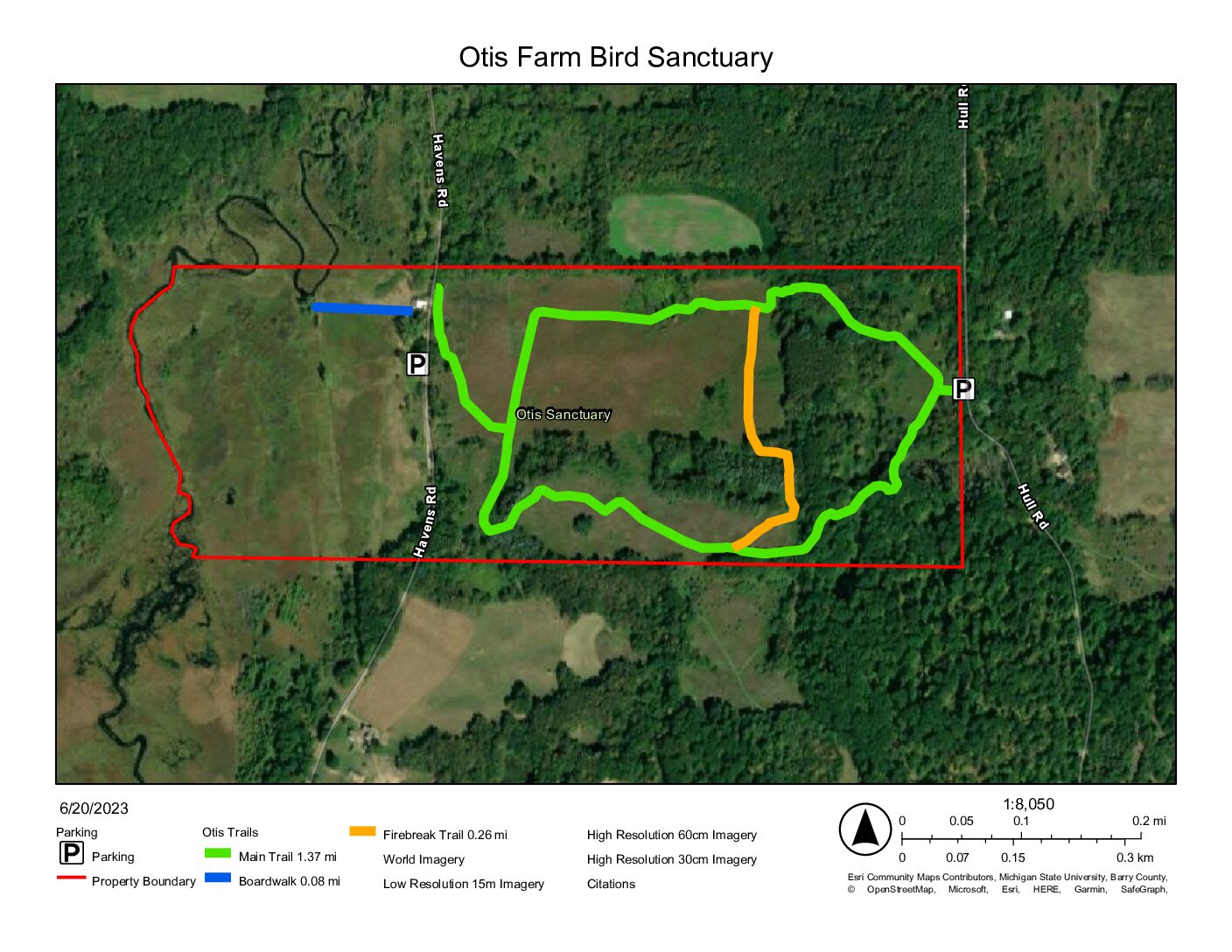Michigan Audubon’s Bird Sanctuaries
Michigan Audubon owns a collection of properties, called bird sanctuaries, in both the upper and lower peninsulas. The network consists of 20 sanctuary properties that total nearly 4,000 acres combined. The habitats we protect and steward include rivers, lakes, marshes, bogs, fens, grasslands, hardwoods, and northern conifer forests. Each property plays a critical role in protecting Michigan native plants and animals, including endangered and threatened species. See a map of our sanctuaries and a full list at the bottom of the page.
Our Sanctuary Network Vision
The vision of Michigan Audubon’s bird sanctuary network is to aid in the collective, collaborative preservation of native biological diversity and to secure the future of avian species and their habitats throughout the state of Michigan.
We abide by ecological best practices in our restorative management approach and utilize the organization’s three pillars of Conservation, Education, and Research to meet our mission of connecting birds and people for the benefit of both at our 20 bird sanctuaries. Some of our sanctuaries are open to the public and others are maintained as habitat for at-risk species, such as the Cerulean Warbler, Eastern massasagua rattlesnake, Piping Plover, grassland birds, and avian aerial insectivores.
We envision the realm of outdoor recreation, including birding, wildlife observation, hiking, and other non-consumptive activities, as a community that contributes and supports the protection, preservation, and appreciation of avian species and their native places while inspiring others to do the same.
Land Acknowledgement Statement
Before Michigan Audubon purchased or received via donation the acreage that now comprises our network of bird and nature sanctuaries throughout the state, we wholly acknowledge that this land is the ancestral, traditional, and contemporary Lands of the Anishinaabeg–Three Fires Confederacy of Ojibwe, Odawa, and Potawatomi–Indigenous peoples.
Michigan Audubon supports and actively advocates, through collaborative programs and projects involving wildlife and land conservation, for the sovereignty of Indigenous individuals and communities who live here now, and for those who were forcibly removed from their homeland. By offering this Land Acknowledgement, we affirm Indigenous sovereignty and hold our organizational policies and practices more accountable to the needs of American Indian and Indigenous peoples.
We honor the Anishinaabe and Indigenous Peoples’ connection to this region, to the land itself, and to the balance, harmony, and intrinsic value of the living ecosystem. We offer an abundance of gratitude for the cherished opportunity to conserve these properties in perpetuity, and to care for them with respect, integrity, and best practices.
Michigan Audubon’s properties are managed, restored, and stewarded with land preservation and ecological health and balance as top priorities. For your enjoyment, many of our sanctuaries are also multi-use areas that are open to the public on a year-round basis. Sanctuaries are open from dawn to dusk for “treading lightly” outdoor recreation activities such as hiking, nature study, bird watching, and cross-country skiing.
Please note that not all sanctuaries have the same amenities and some are not accessible to the public. Please see the description of each sanctuary for more details on what you can expect when visiting.
Consider supporting Michigan Audubon bird sanctuaries with a donation today!
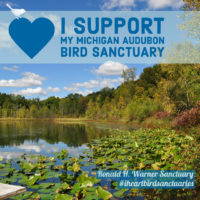
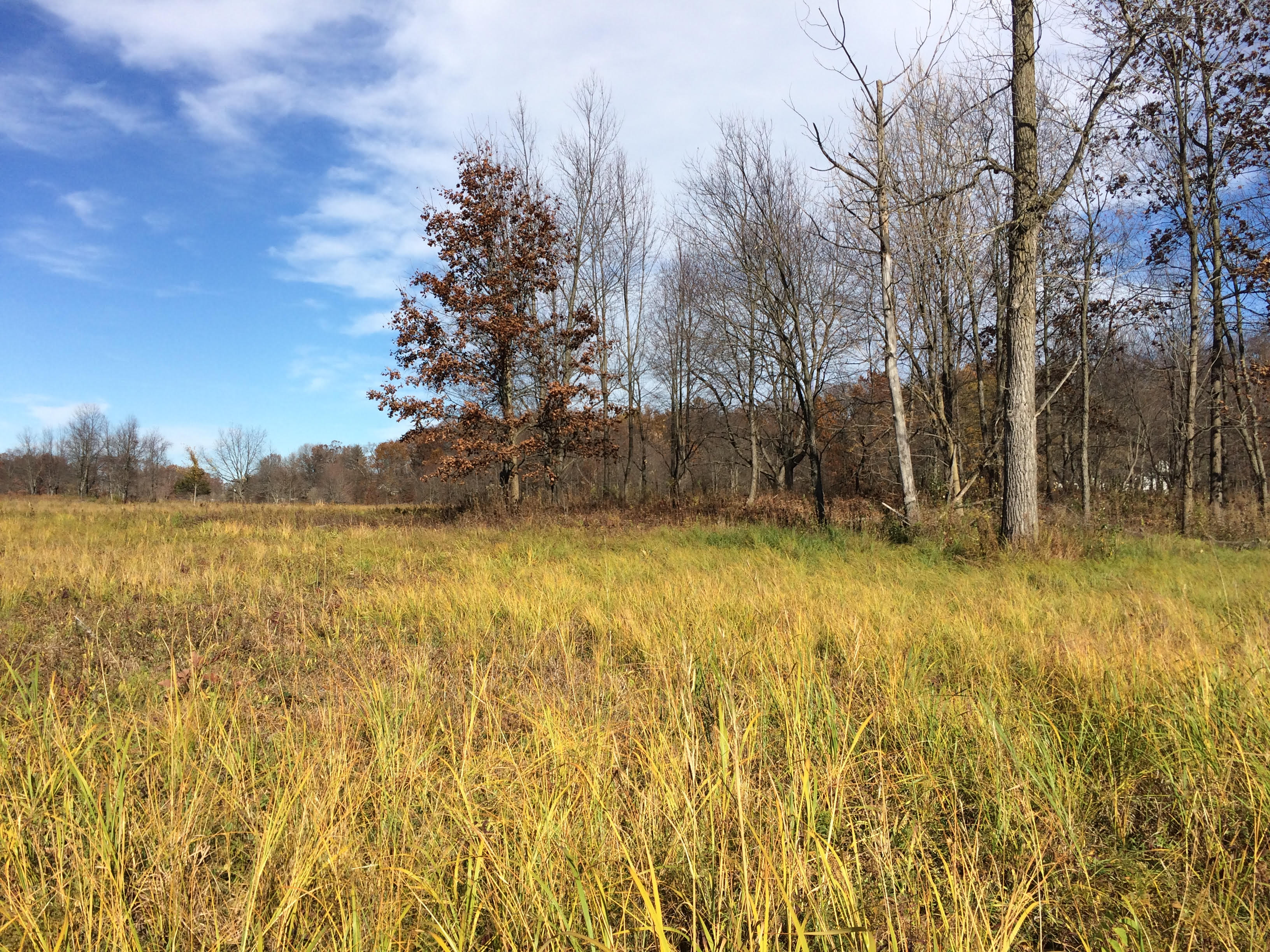
Habitat Restoration
Michigan Audubon, with financial support from private, state, and federal agencies, is actively engaged in habitat improvement projects at the Haehnle, Baker, and Otis sanctuaries. To learn more about these ongoing projects to restore grassland and wetland habitats for birds like Henslow’s Sparrow and Sandhill Cranes, please visit our blog and subscribe to our email newsletter.

Volunteer Sanctuary Stewards
Michigan Audubon relies upon dedicated volunteer stewards to maintain the sanctuaries. These tasks range depending on stewards’ interests but may include trail maintenance, biological monitoring, invasive plant removal, and fundraising. If there is a sanctuary that you care about and you would like to learn more about becoming a volunteer steward, we would love to hear from you! Please contact the Michigan Audubon office.
Michigan Audubon Society Property Rules and Hunting Policy
PERMITTED ACTIVITIES
We welcome and encourage educational and low-impact, recreational use of the sanctuaries and ask our guests to be mindful they are visiting the homes of the plants and animals whose lives depend on the land’s protection and health.
If you would like to lead a group hike on one of our preserves, please contact us to make sure that the date is open and there are no conflicting uses on the site.
These preserves are multi-use areas open to the public on a year-round basis for such activities as hiking, nature study, bird watching, and cross-country skiing.
Please note, parking is only allowed on designated parking areas and within the right of way of a maintained road such that no vegetation is harmed.
PROHIBITED ACTIVITIES*
- Hunting, fishing, and trapping are strictly prohibited in accordance with state and federal regulations*.
- Motorized vehicles, camping, and open or contained fires are prohibited on Michigan Audubon sanctuaries.
- Dumping and littering.
- The use of off-road vehicles and snowmobiles.
- Cutting of lanes, cutting or destruction of brush, trees, or other plants for any purpose is prohibited.
- The release of live animals on sanctuary grounds is prohibited.
- The use of unmanned aircraft systems (drones).
Please contact Michigan Audubon at 517-580-7364 if you notice a maintenance need or witness an inappropriate activity taking place on a preserve.
*HUNTING CONSIDERATIONS, RULES, AND REGULATIONS
Michigan Audubon has rules and use guidelines specific to certain sanctuaries; please see the map of our sanctuaries at michiganaudubon.org.
Michigan Audubon reserves the right to deny or revoke permissions and make conservation-based decisions regarding hunting at its sole discretion.
[Bird map icons thanks to: Maps Icons Collection https://mapicons.mapsmarker.com]

